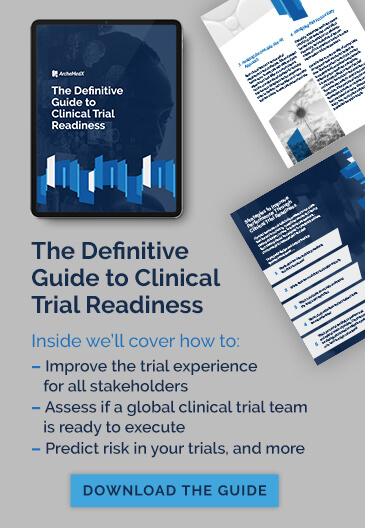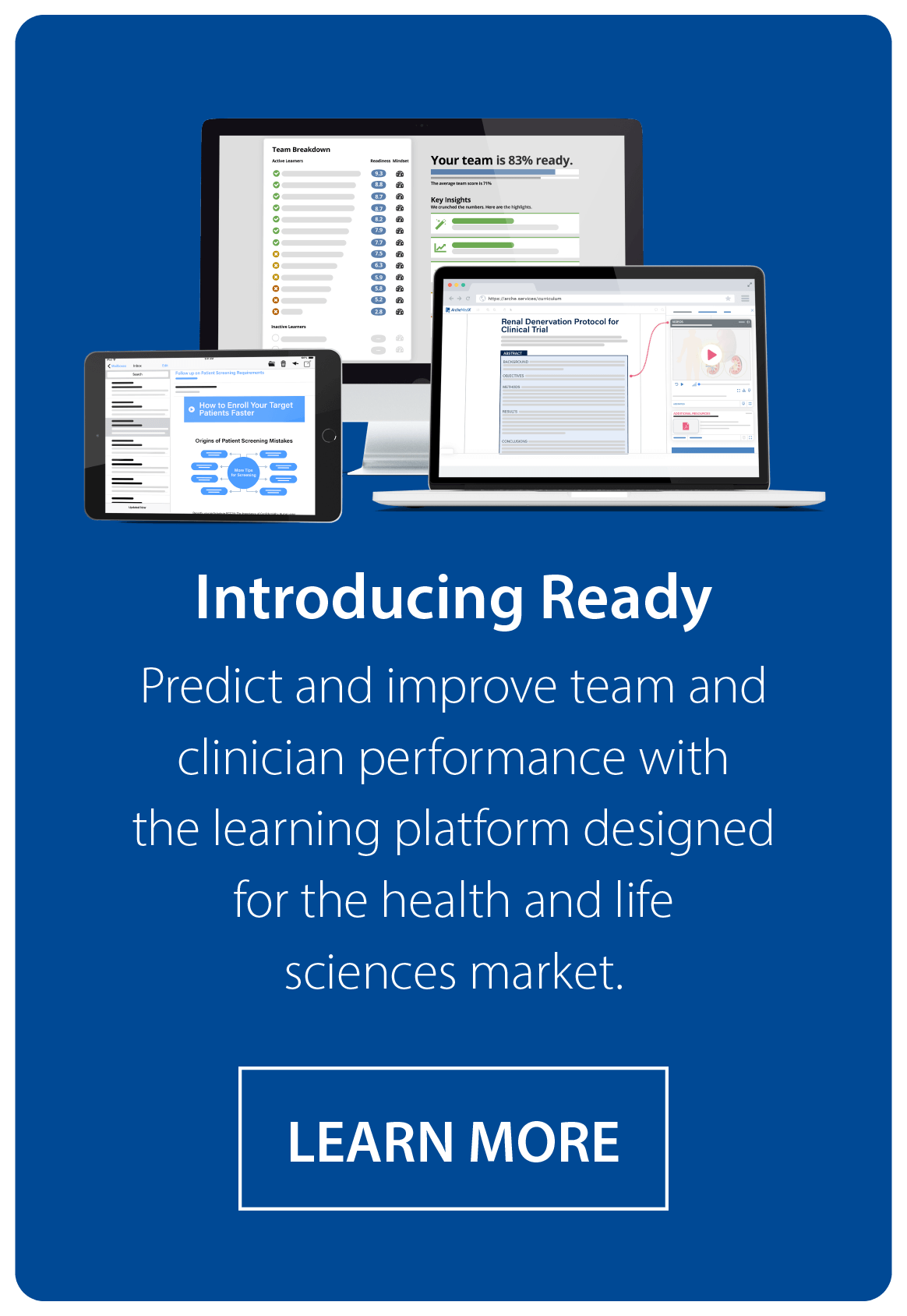I. Introduction: Two Conferences, One Reality
This past week at DIA and BIO offered two very different views of the clinical research world. DIA felt more subdued than in years past, with lighter attendance and less energy on the floor. BIO, by contrast, filled the Seaport with activity, driven in large part by strong international participation and global interest in collaboration.
As always, this industry leans optimistic. Trial leaders are builders by nature, wired to pursue innovation and push through setbacks. But the mood shifted when you stepped away from the stages and exhibit halls. Over coffee and at dinner, the conversations turned more candid and more sobering.
Many expressed a growing concern that the U.S. is at risk of losing its position as the global epicenter of medical research. That concern is amplified by increased regulatory unpredictability, vaccine policy disruptions, and funding constraints that have moved from challenging to severe. Biotechs are shelving programs, research centers are cutting back, and partners across the ecosystem are feeling the strain. The excitement around AI is real, but so is the uncertainty about how appropriately and safely it can be integrated.
This post captures those quieter, more grounded reflections. Not the headlines, but the realities that surfaced behind the scenes.
II. The Regulatory Fog: Delays, Disruption, and Diminished Confidence
Regulatory issues have always been part of the landscape, but its materially different now. Conversations at both DIA and BIO reflected a growing frustration with delayed reviews, unclear guidance, and a lack of transparency from regulators, particularly the FDA.
Budget cuts and staffing reductions have slowed agency timelines. The FDA is missing more PDUFA dates. Programs once considered a priority are seeing decisions delayed with little explanation. These issues are starting to erode confidence across sponsors and CROs alike.
Trial leaders shared that they’re adjusting timelines and scaling back plans, not because the science isn’t ready, but because they can’t count on the regulatory infrastructure (in the U.S.) to keep pace. For emerging biotechs, this uncertainty can be existential. It’s never easy to raise capital in a challenging macro environment. Add in unpredictable regulatory delays, and many are left with no good options.
The recent upheaval in vaccine policy has only added to the sense of instability. With ACIP membership under fire and trusted experts removed, public confidence in the U.S. vaccine system is wavering. That uncertainty bleeds into research and drug development pipelines. Trial leaders worry that recruitment and community engagement, especially in vaccine or infectious disease trials, may become even more difficult in the months ahead.
When regulators lose trust or reliability, it puts the entire clinical research engine at risk. And right now, the fog is thick.
III. The Biotech Squeeze: Scarcity Is the Strategy
If there was one theme that came up in nearly every conversation at BIO, it was this: the money just isn’t there.
Capital markets remain incredibly tight, and venture investment hasn’t bounced back. IPO windows are closed to most, follow-on rounds are scarce, and private funding is more selective than ever. Even promising programs are being paused or shelved, not due to the clinical data, but because the runway is too short and the risk tolerance too low.
That financial pressure is hitting research centers just as hard. Federal and foundation-backed research grants are being paused or canceled at an alarming rate, leaving academic institutions and hospital-based research teams scrambling. These disruptions don’t just affect investigator-initiated trials—they ripple into sponsor-funded studies too, shrinking site capacity and forcing institutions to make hard choices about which programs to support.
Sponsors are feeling it as well. Many are narrowing their focus to only the most critical trials. Phase 2 and Phase 3 programs are being delayed, and internal teams are being asked to do more with fewer resources. For some, it’s a temporary adjustment. For others, it’s a strategic reset that will likely reshape the industry over the next several years.
CROs, sites, and partners across the ecosystem are being pulled into the same scarcity mindset. Budgets are tighter, timelines are compressed, and the pressure to deliver with less is now the default, not the exception.
IV. AI Is Here, But So Are the Headwinds
AI had a strong showing at DIA. Nearly every vendor had some mention of it—powering protocol authoring tools, streamlining patient recruitment, or generating automated summaries for TMFs and audit prep. The message was clear: AI is not coming, it’s here.
But off-stage, the conversation was more measured.
Trial leaders were curious, but also cautious. Many voiced concern that AI capabilities are outpacing the operational and regulatory infrastructure needed to support them. Questions came up repeatedly: Is this audit-ready? Can we validate it? How do we know it isn’t introducing bias or risk? And perhaps most importantly, who’s accountable when it makes a mistake?
The FDA’s own use of AI reflects this tension. The agency is rushing to deploy ELSA, its new internal genAI platform for drug safety signal detection. But even this raised more questions than it answered. With limited staffing, outdated systems, and unclear oversight, can the agency realistically keep pace with the tools it’s beginning to endorse?
There’s also the challenge of meaningful adoption. Integrating AI into clinical workflows isn’t plug-and-play. It requires new processes, training, and oversight at a time when most teams are already running lean.
Still, the opportunity (and need) is real. Some see AI less as a disruption and more as a rebalancing tool, one that can automate routine tasks, surface risk signals earlier, and free up teams to focus where human judgment matters most. But for that potential to be realized, we’ll need a lot more clarity, coordination, and trust than currently exists.
V. Stretched Thin: The Human Cost of Ambition
One of the most consistent themes at both DIA and BIO was the recognition that clinical teams are being pushed to their limits. Across sponsors, CROs, and research sites, teams are juggling more responsibilities with fewer resources, tighter timelines, and growing complexity.
The strain is showing. Start-up timelines are harder to keep on track. Monitoring teams are covering more ground with less support. Training and protocol comprehension are often stuffed into shorter windows, making it harder to ensure consistency and performance across global teams.
Academic research centers and hospital sites are feeling it too. As grants are paused and staffing is reduced, experienced coordinators and investigators are managing heavier workloads across more trials. Even sponsor-funded programs are affected, as capacity at many high-performing sites continues to shrink.
In this environment, many shared how the focus has shifted to maximizing the resources that remain. Trial leaders know they can’t simply scale by hiring or spending more, they need smarter ways to execute. Those who are open to rethinking legacy workflows, investing in better training and oversight, and using technology to augment, not overload, their teams are better positioned to succeed.
The challenges are real, but so is the opportunity to evolve. This isn’t just about resilience. It’s about adopting the mindset and behaviors required to operate differently. Leaders need to make sharper decisions, foster team readiness, and build habits that lead to higher-quality execution across the trial lifecycle. At ArcheMedX, we live and breathe these realities every day, working alongside sponsors to identify and overcome the behavioral barriers that stand in the way of trial success. That perspective brought the conversations at DIA and BIO home to very familiar ground.
VI. The Quiet Optimism That Remains
The leaders I spoke with last week weren’t sugarcoating the challenges. They were candid about the pressure their teams are under and the uncertainty ahead. But what stood out wasn’t frustration. It was a sharpened sense around the urgency to focus and a willingness to make the hard choices.
The leaders who conveyed the most confidence were thinking differently. They’re already challenging legacy workflows that no longer fit the realities of today’s trials. They’re rethinking how they train and engage sites. And they’re investing in more modern eClinical tools, not to check a box, but to meaningfully improve performance and reduce risk.
There was less posturing, and more of a quiet determination to move forward with clarity and intent. These are the teams that will come out ahead, not because they avoided discomfort, but because they leaned in and embraced change.
This kind of mindset doesn’t emerge by accident. It comes from experience, reflection, and the realization that while change is hard, it’s necessary. In this environment, that mindset may be the most valuable asset a trial leader can have.




